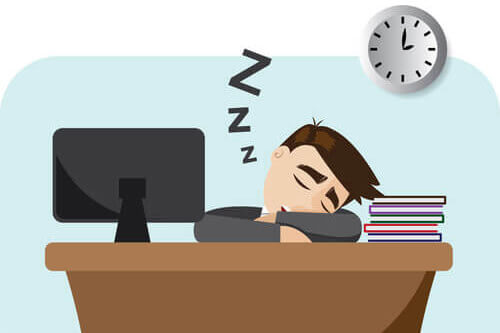More and more companies are bolstering productivity through power napping at work. What do they know that you don’t know?
According to Gallop, Americans currently average 6.8 hours of sleep at night, down more than an hour from 1942, yet experts typically recommend seven to nine hours sleep. Sleep is an important component in good health and overall well-being. There are numerous problems associated with sleep deprivation, ranging from health concerns such as an increased risk of stress, heart disease, hypertension and diabetes to functional concerns, such as cognitive impairment and increased errors. And employers take note: Sleep deprivation translates to decreased workplace productivity. According to a study on sleep conducted by researchers at non-profit organization RAND Europe, lack of sleep costs U.S. about 1.2 million working days per year, or $411 billion in lost productivity. The research also found that “a person who sleeps on average less than six hours a night has a 13 percent higher mortality risk than someone sleeping between seven and nine hours.”
To enhance productivity, to reduce problems associated with fatigue, and to combat stress, many companies now encourage power napping at work. In recent years, organizations as diverse as Google, Ben & Jerry’s, Huffington Post, NASA, Uber, Zappos and Nike all offer some form of napping benefits. NASA was one of the pioneers in research related to sleep, fatigue and how naps relate to performance and productivity, topics of critical importance to astronauts.
One of the keys to power napping (also known as “cat napping” in the non-work world) is to keep them short. Many experts say 10 to 20 minutes is the ideal duration to bolster energy and heighten alertness. Too long a nap can risk grogginess.
Some organizations, such as Zappos and Ben & Jerry’s, have designated nap rooms; Nike has quiet rooms; and still others – Google and Huffington Post – have rather elaborate and enviable “energy pods,” such as those produced by MetroNaps. But for those without dedicated rooms or pods, power napping is allowed at one’s workstation or in a quiet corner of an empty office. A variety of companies have come up with ingenious pillows for power napping from an inflatable tie that converts to a pillow or the ostrich pillow to one of a variety of travel pillows.
Here are some tips for power napping:
And a few of our prior posts on the importance of sleep to health:

